The NFL Draft is set to take place, digitally, beginning on April 23, and as things stand now, the Seahawks are scheduled to pick 27th in the first round, and hold seven picks overall. Seahawks.com is taking a position-by-position look at where things currently stand on the Seahawks' roster, as well as the top prospects at each position. We'll also look at Seattle's draft history at each position under general manager John Schneider and head coach Pete Carroll.
So far we've looked at quarterback, cornerback, receiver, safety, running back, linebacker and tight end, and today we turn our attention to the defensive line. Check back tomorrow as we wrap things up with a look at the offensive line.
Seattle's 2020 Draft Picks: Round 1, No. 27 overall; Round 2, No. 59 overall; Round 2, No. 64 overall; Round 3, No. 101 overall; Round 4, No. 133 overall; Round 4, No. 144 overall; Round 6, No. 214 overall.
Draft History Under Carroll & Schneider: DE E.J. Wilson (No. 127 overall, 2010); DE Dexter Davis (No. 236, 2010); DE Pep Levingston (No. 205, 2011); DE Bruce Irvin (No. 15, 2012; Irvin later switched to LB); DE Jaye Howard (No. 114, 2012); DE Greg Scruggs (No. 232, 2012); DT Jordan Hill (No. 87, 2013); DT Jesse Williams (No. 137, 2013); DE Cassius Marsh (No. 108, 2014); DT Jimmy Staten (No. 172, 2014); DE Frank Clark (No. 63, 2015); DE Obum Gwacham (No. 209, 2015); DT Jarran Reed (No. 49, 2016); DT Quinton Jefferson (No. 147, 2016); DT Malik McDowell (No. 35, 2017); DT Nazair Jones (No. 102, 2017); DE Rasheem Green (No. 79, 2018); DE/LB Jacob Martin (No. 186, 2018), DE L.J. Collier (No. 29, 2019), DT DeMarcus Christmas (No. 209, 2019).
Where The Seahawks Stand
When asked this offseason what they'd like to see the Seahawks improve upon, both Carroll and Schneider have pointed to their team's defense, which ranked 26th in total defense last year and 22nd in scoring defense, numbers that reflect an inconsistent season on defense that saw that unit give up, "too many explosive plays of various natures," as Carroll put it.
And while no one position group was to blame for a subpar season of defense, a pass rush that managed only 28 sacks, tied for the second fewest in the league, was certainly an issue.
"We need to improve our pass rush—we need to try to get the coaches as many players as we possibly can on both sides of the ball—but obviously defensively we were ranked a little bit lower than we were on offense," Schneider said at the NFL Scouting Combine.
So if improving the defense, and the pass rush in particular, are offseason goals for the Seahawks, then it stands to reason that they could target pass rushers in next week's draft, perhaps with one of their three picks in the first two rounds. That would probably be true even if everyone were back, but the Seahawks have lost two linemen in free agency who were big contributors last year—Quinton Jefferson and Al Woods—and their top pass rusher from 2019, Jadeveon Clowney, remains a free agent, so the Seahawks don't know if he'll be back. The Seahawks did re-sign Jarran Reed after he became a free agent, which is big for the pass-rush and the defense overall, and they're counting on 2019 first-round pick L.J. Collier to take a bit step forward in his second season after his rookie year was derailed a bit by an ankle injury that kept him out of training camp and the preseason.
The Seahawks have also added to that group in free agency, but it still seems pretty likely that they'll do more to address their line in the draft, not just because it looks to be a need, but also because their history under Carroll and Schneider shows a pattern of addressing the defensive line early and often. The Seahawks have used their first pick on a defensive lineman in three of the past five drafts, and they've taken a D-lineman with one of their first two selections in each of the last five drafts.
NFL.com's Top 5 Defensive Ends/Edge Rushers
NFL.com's rankings of the top defensive end and edge rush prospects in the 2020 draft.
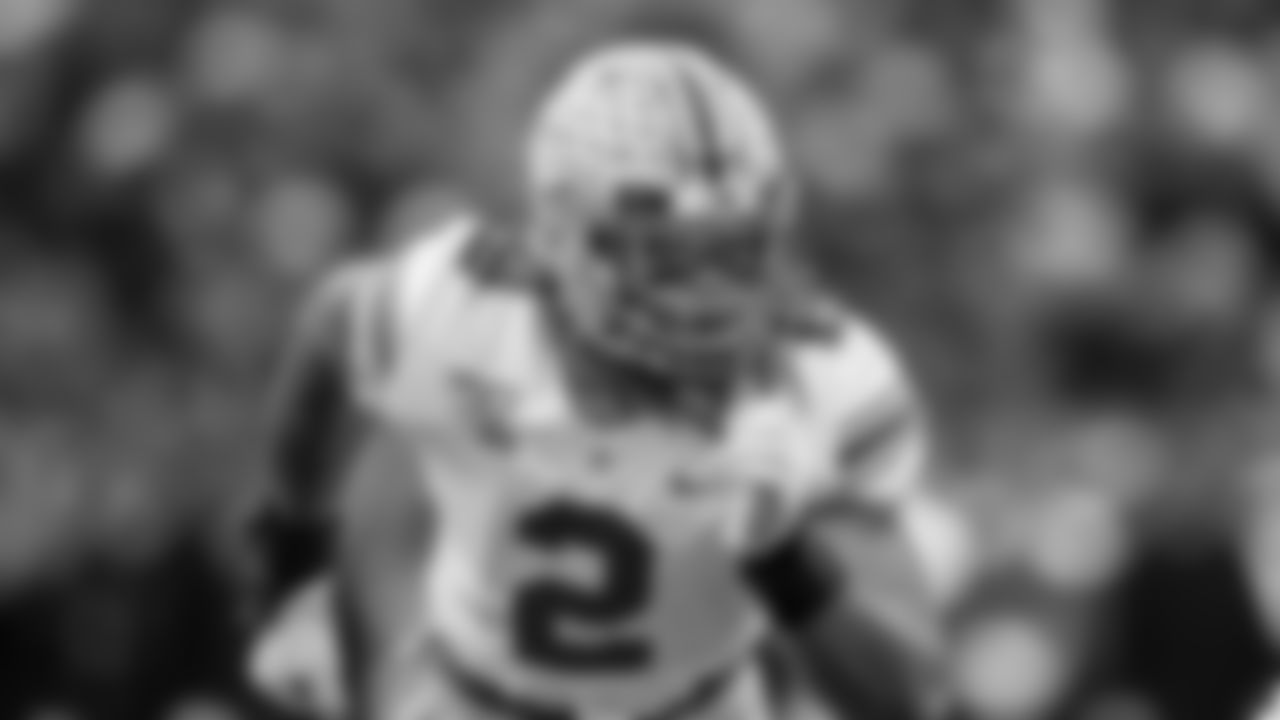
1) Chase Young, Ohio State
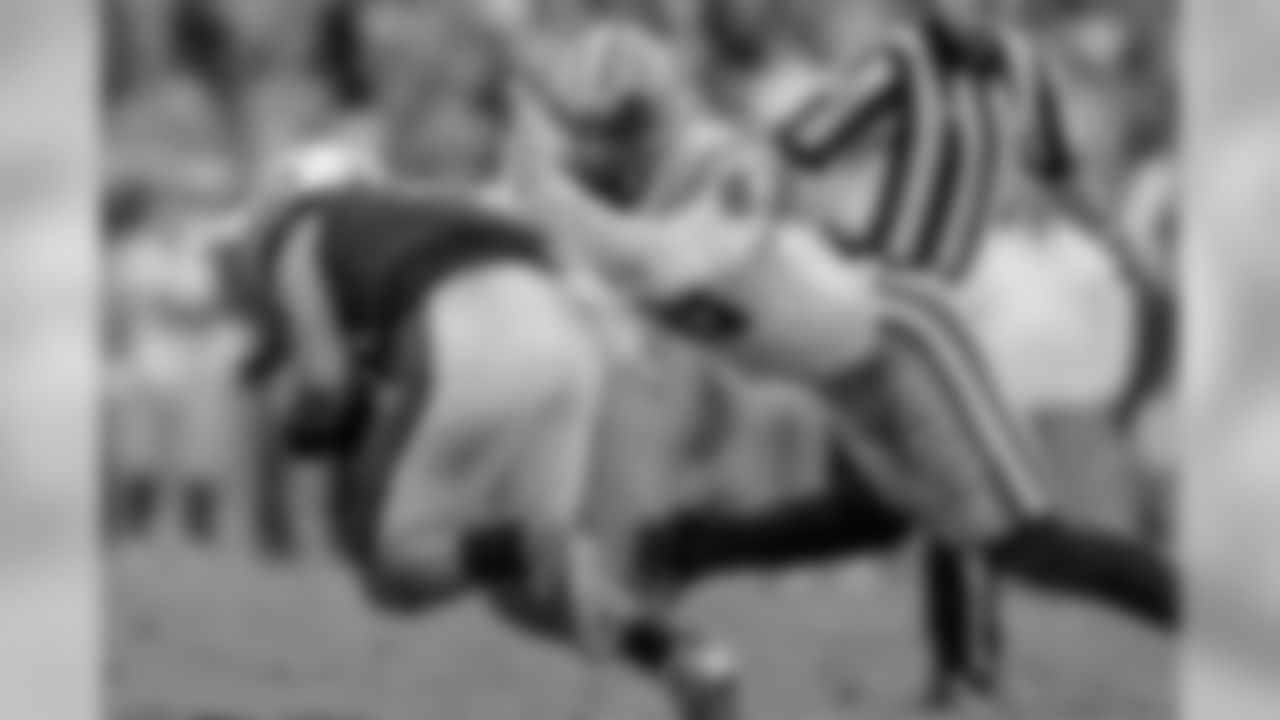
2) K'Lavon Chaisson, LSU
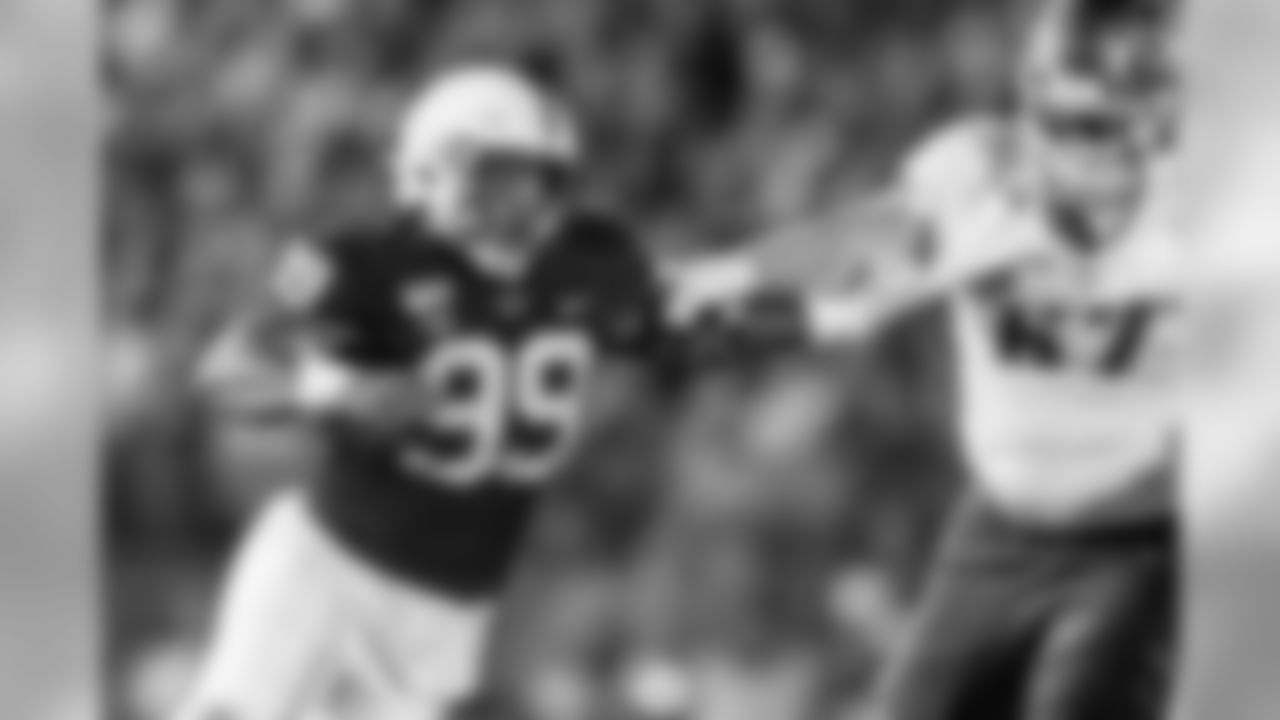
3) Yetur Gross-Matos, Penn State

4) A.J. Epenesa, Iowa
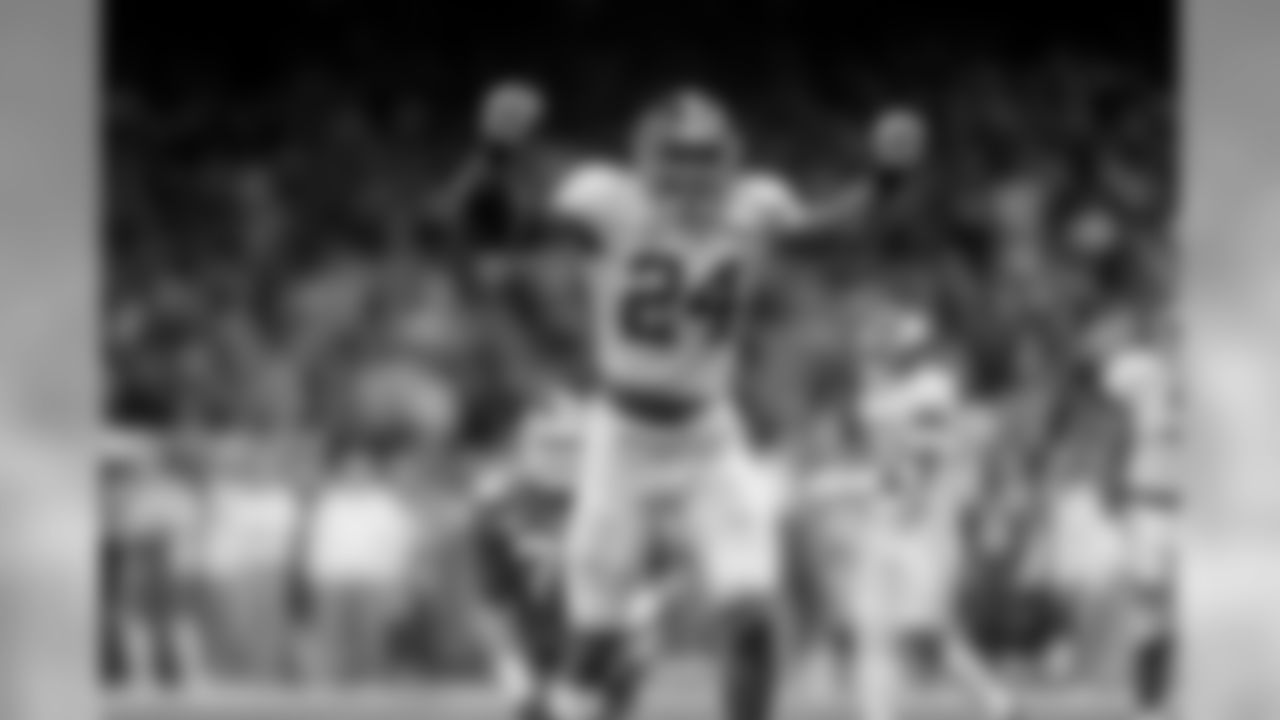
5) Terrell Lewis, Alabama
1. Chase Young, Ohio State
Overview (via NFL.com): Elite size, length and athleticism created loads of production and a vaulted pro projection, but Young's set of disruptive properties have yet to be fully weaponized. He's fairly basic as a pass rusher, with just a couple of go-to moves and an occasional inside counter, and yet he still managed 16.5 sacks in 2019. He has the traits to overwhelm many of the tackles he faces, and it won't take long for teams to add a bull-rush, a rip-and-run and a stab counter into his repertoire. He plays a little upright at the point of attack, and his ball awareness is below average, but those concerns aren't enough to counterbalance his range and agility as a run defender. Young possesses superior traits and the ability to wreck and alter offensive game-plans as a perennial All-Pro.
2. K'lavon Chaisson, LSU
Overview (via NFL.com): Possessing an impressive diversity of moldable pass-rushing ingredients and moves, Chaisson has begun putting the recipe together to become a game-altering pass rusher. While some long-limbed rushers lack the bend and leverage to maximize their length, his fluidity and agility allow him to dip, corner, change direction and close in tight quarters or with extended range. He's not a physical run defender and might be a liability early in his career against power. Chaisson's stock has gained momentum with his surging performance matching the elite athletic qualities. It adds up to an increasingly confident projection as an impact pass-rusher with Pro-Bowl potential.
3. Yetur Gross-Matos, Penn State
Overview (via NFL.com): Ascending 4-3 defensive end who should go from good size to imposing frame as he fills out his power-forward body type. He isn't overly twitchy but impressive length, fluidity and short-area athleticism allow him consistent work-arounds against opposing blockers. He's average at the point of attack by NFL standards, but that should change with additional strength work and more efficient hand usage. The rush toolbox is only halfway full, but it's just a matter of time before his spin move and a speed-to-power charge become part of a diversified attack. Gross-Matos should be an early starter, but when the power and skill catch up with the athleticism, look for him to become one of the more productive defenders in the league.
4. A.J. Epenesa, Iowa
Overview (via NFL.com): The size and production should force all evaluators to dial their focus in on what he's best at rather than any perceived areas of concern. He has average instincts against the run and is a step slow to shed, but he's strong at the point and he does his job. Epenesa won't just out-run tackles to the edge, but he's a skilled rusher whose diversity of attack, skilled hands and unique bull-rushing instincts could help him deliver his college sack production in the pros. He can play end in a 4-3 or 3-4 and could leap from good to great with additional work on technique and explosiveness.
5. Terrell Lewis, Alabama
Overview (via NFL.com): The evaluation requires both projection and a small leap of faith due to durability concerns after he missed most of two full seasons. He needs to fill out his long, athletic build with more girth and muscle to help set stronger edges and hold his ground against downhill rushing attacks. He's played in just 26 games, so he's less technically sound than most Alabama defenders at this stage, but he was still productive and showed growth as a player in-season. With more coaching and development as a rusher, he should be able to pair traits with skill to become a future NFL starter, provided his health issues are in the past.
NFL.com's Top 5 Defensive Tackles
NFL.com's rankings of the top defensive tackle prospects in the 2020 draft.
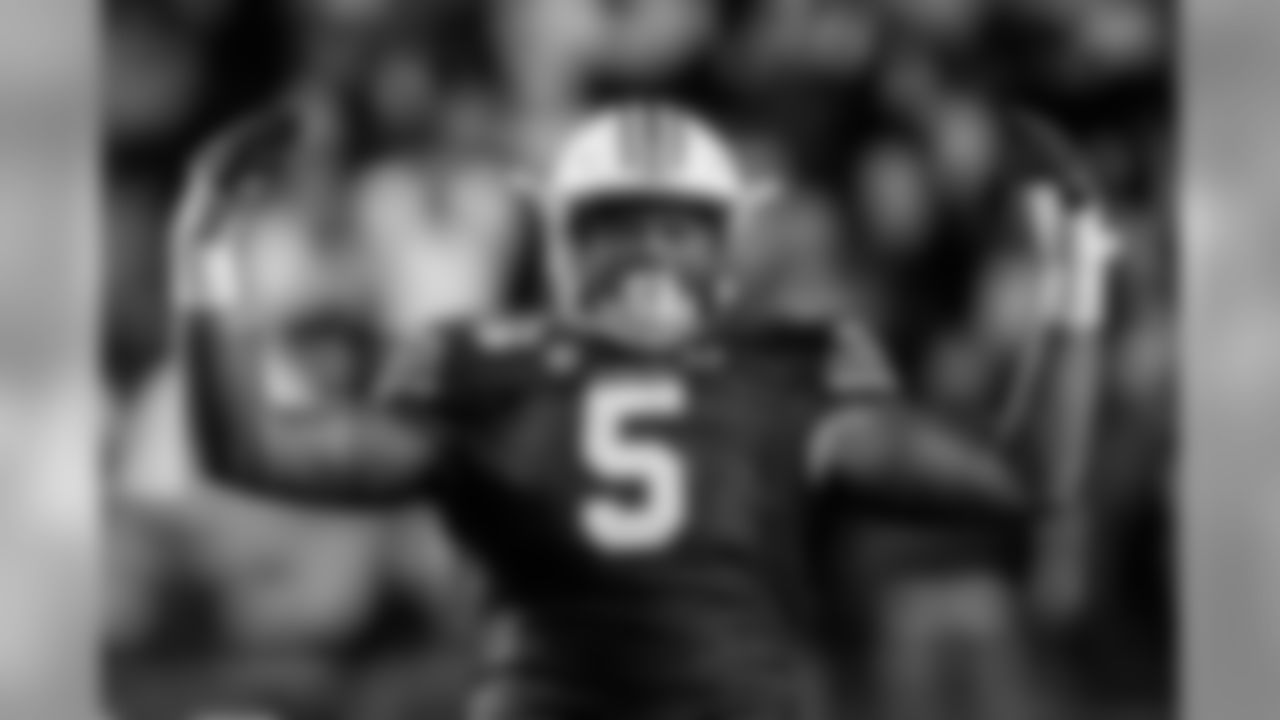
1) Derrick Brown, Auburn
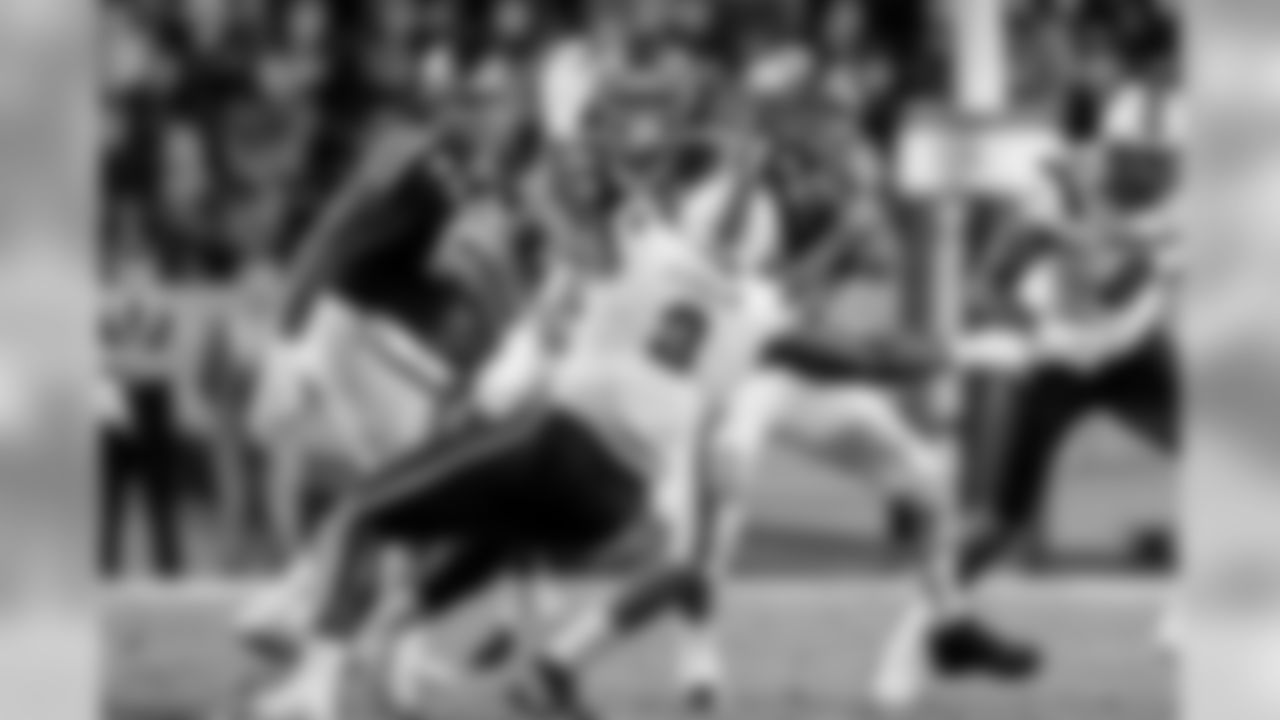
2) Javon Kinlaw, South Carolina

3) Ross Blacklock, Texas Christian
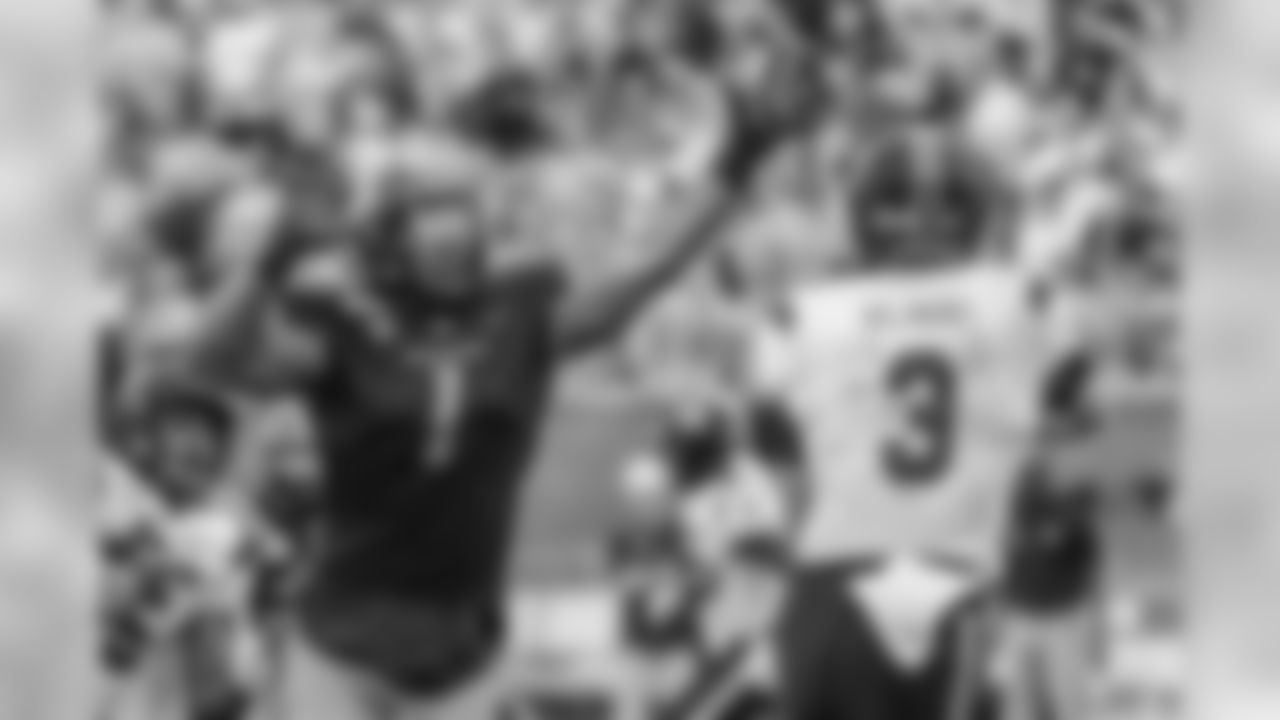
4) Jordan Elliott, Missouri
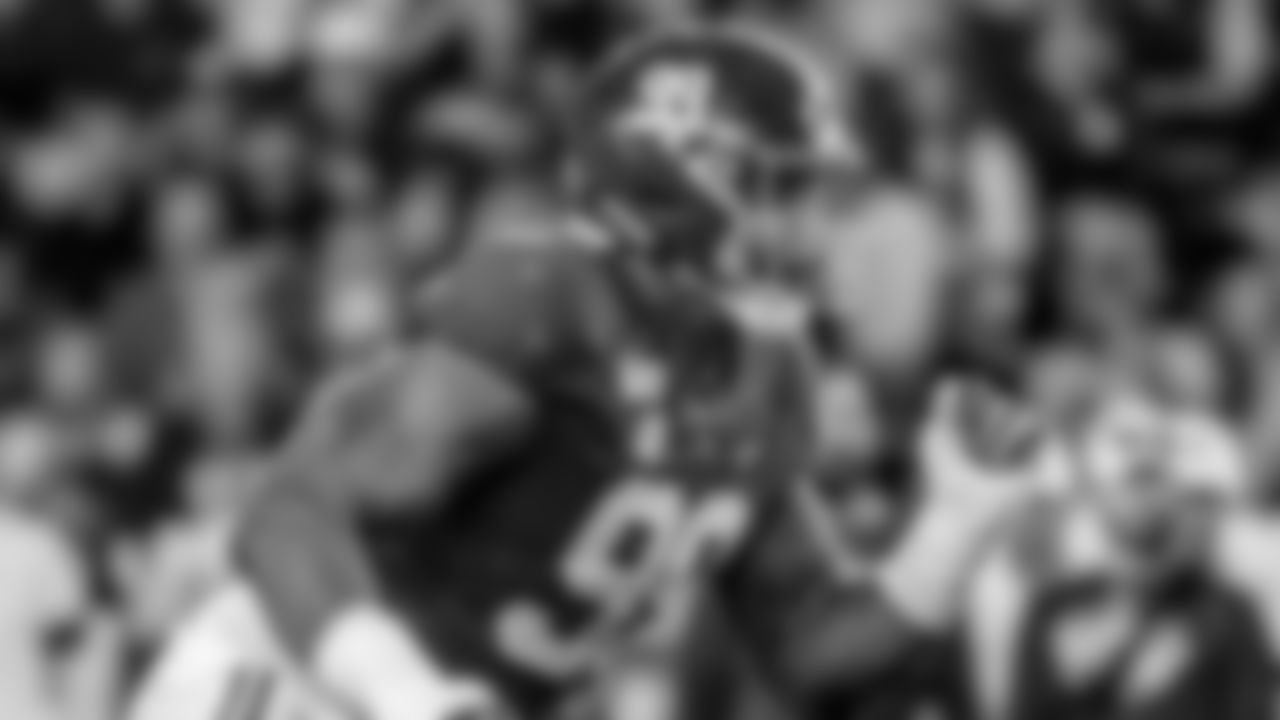
5) Raekwon Davis, Alabama
1. Derrick Brown, Auburn
Overview (via NFL.com): Defensive tackle with rare combination of size and disruptive traits who frequently bludgeoned inferior competition across from him. Brown's snap quickness allows him to take muddy running lanes by re-setting the line of scrimmage. He has the ability to power into gaps, but he really shines when he drops his anchor to stall double-teams or punch, press and prey on runners as a two-gapper. Brown's upright rush style means he might be more of a pressure rusher than a sack-man, but he should keep improving as a rusher with more dedication to the craft. He could become a high-impact starter early in his career with an All-Pro ceiling and good starter floor.
2. Javon Kinlaw, South Carolina
Overview (via NFL.com): For a player with so many elite physical traits, Kinlaw's tape was much more inconsistent than expected. He had moments where he was able to use his size, length and power to overwhelm opponents, but poor pad level and an inability to harness his energy coming off the snap led to body control and balance issues that prevented him from reaching his full potential. He can be a disruptive force along the interior with that explosive first step and freaky physical gifts, but utilizing his heavy hands and plus length as a read-and-react 3-4 end might allow for improved technique, control and consistency. No matter the front, Kinlaw's traits and potential could make him a solid starter early in his career.
3. Ross Blacklock, Texas Christian
Overview (via NFL.com): Flashes menacing disruptive qualities as a gap seeker, but is just ordinary when forced to sit and take on blocks. Blacklock rebounded from a 2018 Achilles injury and showed off basketball quickness that was often too much for a single blocker. However, his technique and hand usage need work, as he's inconsistent holding the point and keeping his feet. He's a hit-or-miss run defender, but he's a relentless pass rusher with elite lateral quickness and change of direction to exploit interior galoots and open pathways to the pocket. Blacklock needs development as a one-gapping three-technique with rare movement talent and intriguing rush potential.
4. Jordan Elliott, Missouri
Overview (via NFL.com): Skilled hand-fighter with explosive upper body strength to stack, read and react in an odd or even front. Elliott has experience in a variety of alignments, allowing teams to move him up and down the line depending on matchups. He's more consistent controlling gaps than shooting them and has moments when the motor cools and he doesn't finish. He was highly respected by opposing teams and faced additional help as a pass rusher. He'll face more one-on-one looks as a pro and could take a big jump forward as a rusher if he keeps working to add moves and counters to go with his early push. Elliott is scheme-diverse and offers high upside with the talent to become a starter in Year 1 or 2.
5. Raekwon Davis, Alabama
Overview (via NFL.com): Rugged and powerful with elite physical traits, Davis has the ability to impose his will on opponents and dominate at the point of attack. He plays long and strong with rare leverage for a taller player and holds positioning against double teams for linebackers to flow freely. He was all over the backfield in 2017, but hasn't made nearly as many plays -- against the run or pass -- since then. Despite possessing unique traits and the potential to dominate, his upside could be a moving target based upon maturity level and continued growth as a rusher. He should be a first-round pick who can come in and start right away for an odd or even front defense.







